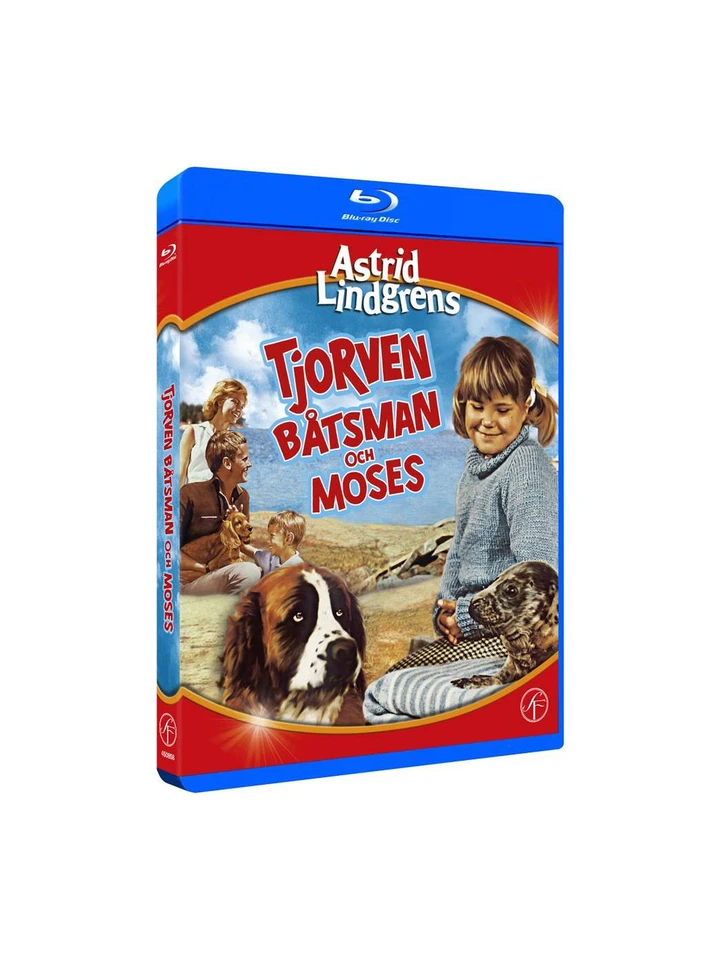Tjorven, Båtsman och Moses (Swedish)
Tjorven and Stina catch frogs and test whether a frog is really an enchanted prince as the fairy tale tells. Malin could marry one like that. They have barely kissed the frog before the handsome Peter Malm steps ashore from his sailboat. In the merchant's booth, he meets Malin and immediately falls in love with her.Fisherman Vesterman returns from the lake with a baby seal caught in his net. Vesterman needs money, but he has no use for the seal, so he gives it to Tjorven. All the children on the island help take care of the baby seal. It is named Moses and gets its own pool in a rock crevice next to the jetty.The TV series Vi på Saltkråkan in 1964 had meant a loss for the producer Olle Nordemar and Artfilm, when the buyer Sveriges Radio also took over the rights to foreign sales. By committing to a theatrical feature film from the same popular setting and starring the same cast, while retaining all distribution rights, the producer hoped the project would break even financially. The film unexpectedly became one of the biggest audience successes Swedish film had in general in the domestic market and was in addition very desirable abroad. This encouraged Artfilm to continue producing Seacrow island films.In 1977, the four Saltkråkan films were also divided into a TV series in 12 episodes: How it's done at the Saltkråkan.

All about Seacrow Island

Books you might like

Fakta
Astrid Lindgren in Norway
The first to bring Astrid Lindgren's books abroad was the publisher Damm & Søn in Oslo, with their Norwegian edition of "Pippi Longstocking" already appearing in 1946. This marked the beginning of a long-standing relationship. Today, most of her books in Norway are published by Cappelen Damm, a publishing house formed through the merger of Cappelen and Damm. Astrid's book adaptations into films also became popular in Norway, as did her famous songs. One of Astrid Lindgren's favorite books was "Hunger" by the Norwegian author Knut Hamsun; she often mentioned it as one of her greatest reading experiences.

